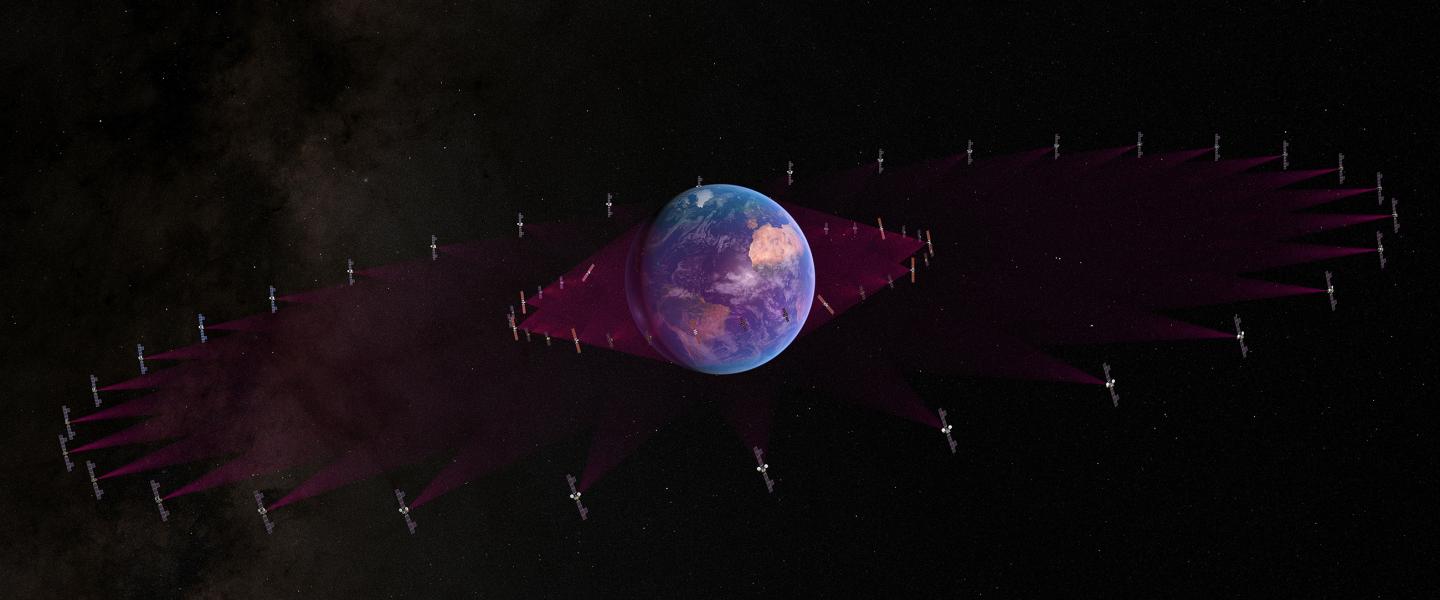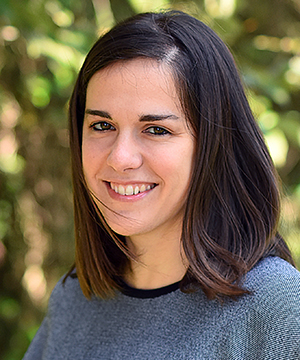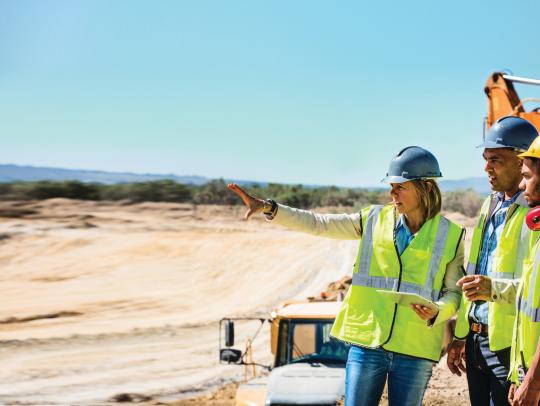SES Team Spotlight: Connecting the Dots with Valva Moreno


Integration Lead at SES
There are a couple of traits the team members behind SES’s next-gen O3b mPOWER communications system have in common – strong passion for innovation; drive to find new and better ways to deliver connectivity to people, companies, communities or even entire countries across the globe; and the belief that satellites are key to shaping the networks of the future. Valvanera Moreno, Program Integration Lead at SES, is no exception. We sat down with Valva to explore her latest challenges of overseeing the development of the complex ground infrastructure behind SES’s O3b mPOWER constellation.
Two years ago, you were asked to bring your expertise to a team largely responsible for making sure the intricate ground infrastructure is ready to unleash O3b mPOWER connectivity. How’s it going?
What excites me most about this programme is the big challenge it represents. It’s a very complex project that will ultimately bring a whole new level of connectivity to millions of people around the world. It’s very exciting to know that what we’re doing with O3b mPOWER is going to make a huge difference in the lives of so many people and communities.
O3b mPOWER is a complex constellation of digital satellites that requires an equally complicated ground game of gateways, terminals, and software to make it all work. Previous O3b satellites have 10 user beams and operations can be effectively managed manually by engineers and operators. O3b mPOWER can offer up to 5,000 beams per satellite to deliver far more tailored, flexible and scalable capacity to meet specific customer needs.
Overall, the project is going well. We’re on track to meet a number of key milestones – we’re starting to receive hardware, testing terminals at our lab in Betzdorf, and the software development is progressing, not without some challenges that we are working to resolve as a team. One of the most crucial milestones is coming up later this year, as we initiate ground system testing ahead of the first satellite launches in the fall.
You mention the elements that come together to form the O3b mPOWER system; why is the end-to-end integration so important?
Our focus on the end-to-end integration of all the subsystems is absolutely critical in reducing overall risk and ensuring the whole system works seamlessly together. We’re working with a very complex and transformational satellite network that must have an equally transformational ground infrastructure, including everything from gateways and terminals, but also incredibly smart software and automation solutions – all of which need to be connected seamlessly.
To put it simply, integrating all the subsystems is like taking the pieces of a big puzzle, making sure they are all in the right place and fit well together to create a marvelous piece of art. On O3b mPOWER, we need to have all the pieces of the system well integrated to provide amazing experiences to our customers! This way, they will get great service from O3b mPOWER satellites wherever they are.
How excited are you and your teammates when you think of the difference your work will have in the lives of people and communities everywhere?
That’s absolutely the best part of what we do. For me, bringing the Internet to places that didn’t have it before and assisting with digital inclusion is a passion. O3b mPOWER builds on the tremendous success of the original O3b system, and it’s so exciting to think about how this ground infrastructure we’re working on will literally change lives.
This system will bring connectivity to remote locations with speeds comparable to what most people get in developed and big cities over terrestrial networks. It will bring unprecedented connectivity to cruise ships, workers in the energy field, and passengers aboard airplanes.
This is the year it all becomes real. The O3b mPOWER satellites are under construction; they’ll be launched late this year, and once they’ve drifted into their orbital locations several months later, the ground system will be ready to deliver a new level of connectivity around the world.
